Flanders, early 17th century
This painting reflects the collaboration of two specialized workshops, a common practice in Flemish art. One workshop focused on the meticulous depiction of floral garlands, while the other specialized in sacred scenes. The floral garland, attributable to a Flemish painter, features a variety of finely rendered flowers, including tulips, roses, anemones, and red currants, accompanied by insects such as butterflies and dragonflies.
The botanical precision and attention to detail reflect the influence of Jan Brueghel the Elder’s school and other masters active in Antwerp in the early 17th century, transforming nature into art with extraordinary skill.
The central Annunciation scene, attributed to the circle of Frans Francken II, is executed in a refined and miniature style characteristic of the Mannerist tradition.
The Archangel Gabriel appears as a celestial courtier, dressed in a richly adorned garment featuring golden embroidery, reminiscent of the fashions of the early 17th century. Holding a lily in one hand, a traditional symbol of purity, his elegant figure seems to descend directly from the “Queen of Heaven.” The Virgin Mary, small and composed, is depicted with subtle refinement and simplicity, creating a harmonious balance within the composition.
Painted on alabaster, a rare and precious material, the work makes full use of the smooth surface and natural veining of the stone to create subtle optical effects and luminous highlights, enhancing the elegance of the scene. Beyond its devotional purpose, such a painting would have also been regarded as a fascinating curiosity, perfectly suited to the cabinets de curiosités of the Baroque period, where art, nature, and wonder came together in a refined dialogue.
The alabaster remains intact and original, with no missing pieces. Some fine cracks, likely the result of an ancient fall, have been carefully restored to ensure stability and are now barely visible. The painting itself is in excellent condition, with vivid colors and highly legible details.
This work represents a perfect balance between the rarity of alabaster as a support, the botanical precision of the garland, and the refined elegance of the Annunciation scene, a testament to the collaborative craftsmanship and intellectual sophistication of Baroque Flanders.




























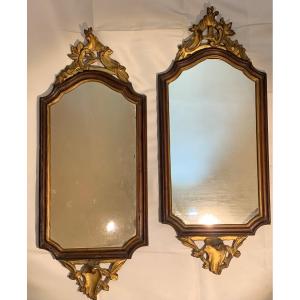


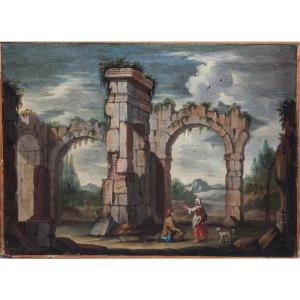


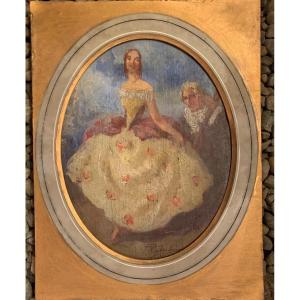
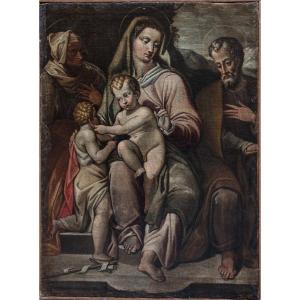
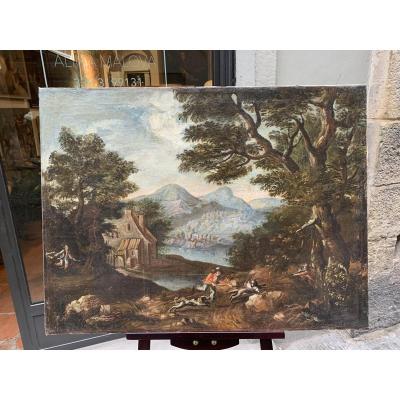


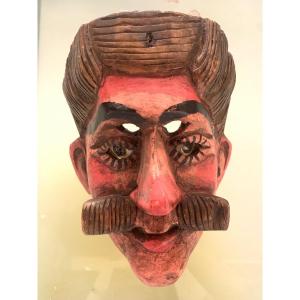


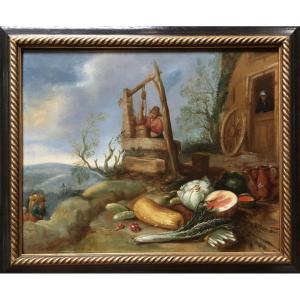


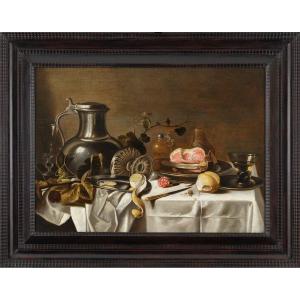




 Le Magazine de PROANTIC
Le Magazine de PROANTIC TRÉSORS Magazine
TRÉSORS Magazine Rivista Artiquariato
Rivista Artiquariato